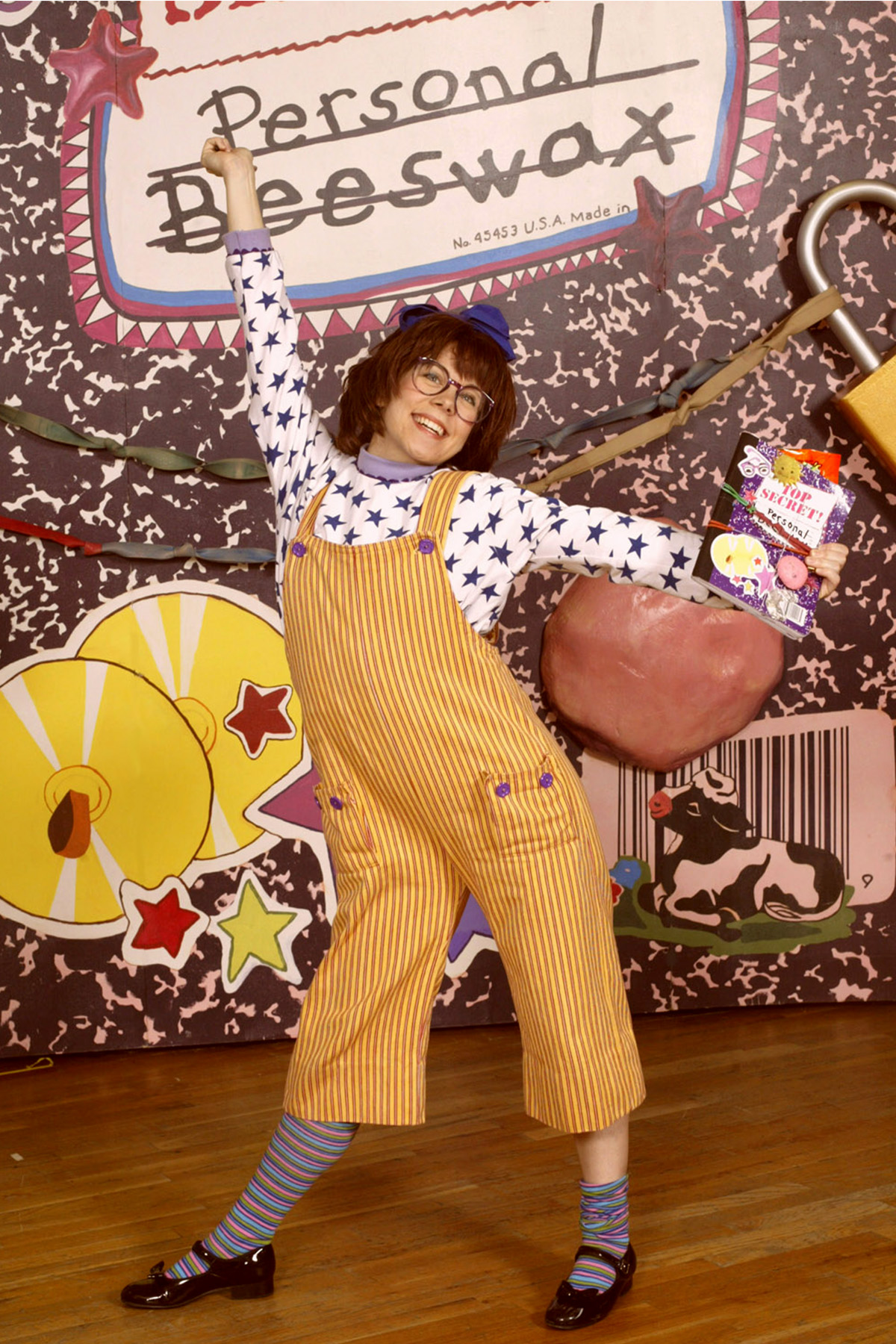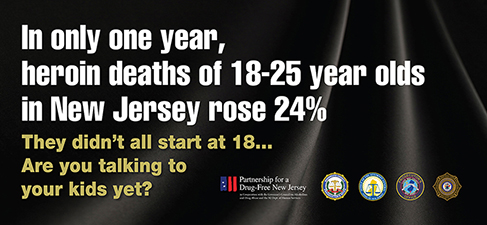When Healthcare Becomes Health Scare: Part 2
Topic: COMMUNITY INTEREST


When Healthcare Becomes Health Scare: Part 2
By Tammy Duffy
Appropriate vaccine administration is a critical component of any successful immunization program. There are some general guidance for those who administer vaccines that should be used in conjunction with professional standards of medication administration and vaccine manufacturers' guidelines. The “Rights of Medication Administration” should be applied to each encounter when vaccines are administered. These rights include:
the right patient;
the right vaccine
the right time;
the right dosage;
the right route, needle length, and technique;
the right site; and,
the right documentation.
If any of these above processes are not being followed at the time you are getting your vaccine, leave the establishment. If something happens post injection, always go to your physician, ER and or report it to the CDC.
The link below is used to report any adverse event to a drug or injection.
https://vaers.hhs.gov/index
When a vaccine is administered, even if the patient has previously received a dose of that vaccine, a patient’s status can change from one visit to the next or a new contraindication or precaution may have been added. Screening questions that should be asked of every patient. Many state immunization programs and other organizations have developed standardized screening tools.
I have worked in medicine for the past 30 years. There are specific requirements that we have as healthcare workers that we all must meet. There are no exceptions. One of those requirements focuses on vaccinations. There are many vaccines that we are required to get in order to work in the healthcare sector. It’s one of our many admission tickets to our careers.
Some of these very vaccines require a series of shots. After ten years some vaccines require a booster and or a repeat of the vaccine to ensure immunity to the said disease.
Recently, I had to finalize one of my series of shots. I was due for my third and final shot in the series. I had no issue with the first two in the series which were administered by my personal physician.
During a National Meeting for the company I work for they had a “shot bar”. This shot bar was utilized for the team to get all their vaccines up to date. A private company was brought in to orchestrate this event.
After I received my shot, within one hour I began exhibiting symptoms. These symptoms intensified over the course of two days while I was at the meeting. The symptoms included: severe pain shooting down my entire arm (injection was given into my deltoid), loss of range of motion of entire arm, numbness down my entire arm, hand and fingers and swelling to the arm and hand.
At that point I started to be concerned. Muscle soreness is typical with a vaccine shot, but this went beyond soreness. It was now the third day after the shot, and I should have been feeling better by now.
I would pride myself in having a high pain tolerance. I am not one to complain of pain or take pain killers, even after major surgery. So, for me to complain of severe pain, I was in pain. On a scale of 1 to 10, ten being the highest, the pain was an 8.
Upon returning from the meeting, I called my doctor and upon examination he immediately sent me to the Emergency Room. I had lost complete functionality to my hand (was unable to pick anything up and unable to squeeze his hand on examination) and arm. The pain crescendo’d to an 11 by this point. I was extremely concerned with the loss of functionality of my limb and hand as well.
The ER physician performed an examination and various tests by specific experts. These tests revealed that evidently the vaccine injection I received was injected directly into my nerve. This suboptimal injection was the direct cause to the loss of functionality, numbness, swelling and pain to my arm and hand. They asked specific questions about the process in which the contracted injection company took to ensure the safety of the patients. They also asked for the vaccine lot and expiration information, who gave the injection, etc. The idea of a “shot bar” mystified all of the medical staff.
As I listened to the physician share with me what the outcome of this vaccine injection had created, I was quite annoyed and upset. They also shared with me that they did not know if I this haphazardly issued injection created permanent damage to my limb. As a triathlete and extremely active person, I was very upset by this news. They also did say that I could wake up in a few days and be 100% better, it was anyone’s guess. I had reached out to the contracted company who did the injections and it took several days and several calls to their corporate headquarters (after calls to the local franchise were avoided by the nurse responsible for the event) to get the information as it pertained to the vaccine injected. They are required to give you the name of the manufacturer, lot #, expiration date, etc. This information was needed to submit an adverse event log to the CDC on the administered vaccine.
The regiment that was taken to help facilitate bringing me back to normal was: a series of steroid pills over the course of 10 days, physical therapy, acupuncture, the use of KT tape and the use of micro electronic bionic impulse technology. This micro-electronic impulse technology improves blood circulation, boost tissue energy and accelerates the efflux of inflammatory substances. The cost of all of this came out of my own pocket. The contracted company who did the injection, who felt compelled to inject the vaccine into my nerve also did not take responsibility for their mistake. All the doctor bills are coming out of my own pocket.
As each day progressed the swelling in my limb and arm is decreasing, my mobility is gradually increasing, the numbness and tingling has begun to dissipate, etc. I was extremely pleased with the progress. Even though there has been magnificent progress, I am not back to where I was prior to the shot, but am hopeful.
The last sentence my doctor shared with me scared me, Long-term treatment. Long-lasting arm and hand pain is not what anyone hopes for.
In doing research on this, I discovered that the government already has a name for this type of vaccine injury: shoulder injury related to vaccine administration, or SIRVA. Can you imagine that this happens so often due to the lack of competent health care workers that the government has actually given it a name. That did not happen over night, the name SIRVA., for nothing happens quickly in the world of government.
As of 2010, it’s a known type of vaccine injury, and a study on it found several identifying characteristics. In most cases, those affected are women, the person administering the injection was standing while the patient was seated, and the injection was placed too high on the arm, resulting in the injection being delivered into the bursa. This is exactly true with my injection, the person administering it was standing when she gave me my shot.
This led to the recommendation that the upper third of the deltoid muscle should not be used for vaccine injections, and the diagnosis of vaccination-related shoulder dysfunction should be considered in patients presenting with shoulder pain following a vaccination. (The Dept. of Health & Human Services accepted this recommendation, along with also recommending that the person administering the vaccine be seated if the patient is seated to reduce error.)
A report on this injury was given during a 2010 Advisory Commission on Childhood Vaccines meeting (pages 15-28 or so), where it was revealed that among those without prior shoulder injuries, only a third who developed SIRVA ever fully recovered. Meaning there’s a chance that an improper injection can lead to life-long joint pain in that shoulder.
And here’s the kicker: Your immunity is compromised with these suboptimal actions of healthcare workers. My doctor said it’s unlikely that I gained any immunity from that shot, since it went into the nerve and not the muscle. I am paying thousands of dollars now in doctors bills to haven been given brachial plexus neuritis, that has a chance of causing chronic shoulder pain. So this means to ensure that I do have immunity, another shot is in order. Lovely.
I don’t want anyone else to have to go through this, so here are a few tips for you the next time you have to have any vaccine injected into your arm:
1. If it seems too high of a position, say something! I wish I had followed my own advice here. My arm actually bled quite a bit after the injection. This should not happen as well. A shot should not be given just under your acromion process (the knobby end of your shoulder), but should be given at least two finger widths down. Needle size should be carefully considered, too. Better to say something rather than be injured. Not sure how to bring it up? Try this as a starter when the alcohol pad is rubbed on the spot: “Huh, that seems really high on my arm. I don’t remember getting any other shots that high.”
2. Ask if you can stand while the shot is given. If the provider would prefer that you sit, ask that person to sit as well, so that you’re both at the same level. Injecting from above tends to result in the injection being given higher on the deltoid, which increases your risks. Trying to estimate two finger widths down while standing provides a skewed view of the site and means your shot will likely be placed too high.
3. For the flu shot, ask if you’re eligible for Flumist. The Flumist version of the vaccine is sprayed into your nose – no needles! Not everyone is a good candidate for this version of the vaccine, since it’s a live vaccine, but if you’re eligible you’ll prevent any needle injury by avoiding it altogether.
4. Consider who administers your shot. Pharmacies are convenient for flu shots, but how well do you know your pharmacist? Many may not have the experience of your doctor’s office nurse. On the other hand, you may have a better relationship with your pharmacist than your doctor’s nurse. Ideally, you want someone who has a good amount of experience in giving shots, and who gives them with some regularity.
5. If you are going to a clinic...watch them. Do they wash their hands well between patients? There was no sink nor did I see anyone leave between patients at the shot bar I attended.
TRUST NO ONE! IT'S YOUR BODY! YOUR TEMPLE!
However, one point regarding this: sometimes, you get a bad shot, no matter the person giving it. I’ve had my flu shot at Walgreens in the past, by one of their pharmacists, and didn’t have any issues. Nearly any medical professional has a risk of giving a bad shot, even if they’ve been involved in your care since you were a baby. That’s why it’s important to pay attention and ask questions if something seems wrong, even if the professional is someone you trust. I would highly recommend not participating in a “shot bar” in the future.
I’m not going to say that the solution is to never get another shot. But I do think we should all consider each shot as a careful medical procedure. Any medical procedure has the ability to help, but most also have the ability to harm if done improperly. We should be cautious in who we choose to give us a shot, and we shouldn’t feel dumb or bossy to speak up and ask questions if we’re uncertain.
The changes in healthcare and how healthcare facilities and physicians are reimbursed has driven new ways in which healthcare is administered. It is not always administered in the best interest of the patient. There are however processes being developed by the government that penalize bad medicine and reward positive patient experiences and outcomes.
As of today, my shoulder has almost a full range of motion again, although a few movements continue to be painful. A low-level ache is present nearly all the time (I’m told this is what arthritis feels like?) and I still can’t sleep on that side. I have occasional numbness/tingling in my fingers, but it’s less and less each day. I have noticed a significant weakness in that joint now, so I’m taking it slow and easy with lifting anything or too much movement. Like any injury, things take time to heal.
Be careful out there. You never know what can happen. Always be diligent.
Posted by tammyduffy
at 12:34 PM EDT
Updated: Friday, 1 May 2015 12:46 PM EDT








